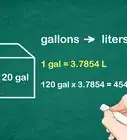wikiHow is a “wiki,” similar to Wikipedia, which means that many of our articles are co-written by multiple authors. To create this article, 20 people, some anonymous, worked to edit and improve it over time.
There are 9 references cited in this article, which can be found at the bottom of the page.
This article has been viewed 104,220 times.
Learn more...
Converting a decimal to a fraction isn't as hard as it looks. If you want to know how to do it, just follow the steps in this wikiHow. If you want to convert a fraction back into a decimal, you can do that too. Both methods may be difficult at first but simple once you practice!
Steps
If the Decimal Terminates
-
1Write down the decimal. If the decimal terminates, then it should end after a one or several points after the decimal.[1] Let's say you're working with the terminating decimal .325. Write it down.
-
2Convert the decimal to a fraction. To do this, count how many numbers there are after the decimal point. With the number .325, there are three numbers after the decimal point. So, put the number "325" over the number 1000, which is really the number 1 with three 0's after it. If you were working with the number .3, which is one number after the decimal points, then you could represent it as 3/10.[2]
- You can also say the decimal aloud. In this case .325 = "325 thousandths." That sounds like a fraction! Write .325 = 325/1000.
Advertisement -
3Find the greatest common factor (GCF) of the numerator and denominator of the new fraction. This is how you can simplify the fraction. Find the biggest number that divides evenly into both 325 and 1000. In this case, the GCF of both numbers is 25, because that's the largest number that goes evenly into both numbers.[3]
- You don't have to look for the GCF right away. You can also use trial and error to simplify the fractions. For example, if you're working with two even numbers, keep dividing them by 2 until one of them becomes odd or you can't simplify further. If you're working with an even and odd number, try dividing them by 3.
- If you're working with numbers that end in a 0 or 5, divide them by 5.
-
4Divide both numbers by the GCF to simplify the fraction.[4] Divide 325 by 25 to get 13 and divide 1000 by 25 to get 40. The simplified fraction is 13/40. So, .325 = 13/40.
If the Decimal is Periodic
-
1Write it down. A periodic decimal is a decimal with a repeating pattern that never ends.[5] For example, 2.345454545 is a periodic decimal. This time, we'll be solving for x. Write x = 2.345454545.
-
2Multiply the number by a power of ten that would move any non-repeating part of the decimal to the left of the decimal point. In this example a single power of 10 will suffice, so write "10x = 23.45454545...." You have to do this because if you multiply the right side of the equation by 10, you have to multiply the left side of the equation by 10 too.[6]
-
3Multiply the equation by another power of 10 to move more numbers to the left of the decimal point. In this example, let's multiply the decimal by 1000. Write,"1000x = 2345.45454545...." You have to do this because if you multiply the right side of the equation by 1000, you have to multiply the left side of the equation by 1000 too.[7]
-
4Place the variable and constant terms over each other. This will set them up to be subtracted. Now, place the second equation over the first, so that 1000x = 2345.45454545 is lined up over 10x = 23.45454545 just as it would be in a regular subtraction problem.
-
5Subtract. Subtract 10x from 1000x to get 990x and subtract 23.45454545 from 2345.45454545 to get 2322. Now you have 990x = 2322.
-
6Solve for x. Now that you have 990x = 2322, you can find "x" by dividing both sides by 990. So, x = 2322/990.[8]
-
7Simplify the fraction. Divide the numerator and denominator by any common factors.[9] Compute the GCD of the numerator and denominator to ensure that you have fully simplified. In this example the GCD of 2322 and 990 is 18, so you can divide both 990 and 2322 by 18 to simplify the numerator and denominator of the fraction. 990/18 = 129 and 2322/18 = 129/55. Therefore, 2322/990 = 129/55. You're done.
Community Q&A
-
QuestionHow does 0.043 turn into a fraction?
 DonaganTop Answerer0.043 = 43/1000. That's your answer, but (if you want) you can further reduce that fraction to approximately 1/25.
DonaganTop Answerer0.043 = 43/1000. That's your answer, but (if you want) you can further reduce that fraction to approximately 1/25. -
QuestionHow do I convert small decimals to equivalent fractions?
 DonaganTop AnswererUse the same method described in the article above. Small decimal numbers just result in larger denominators in the equivalent fractions.
DonaganTop AnswererUse the same method described in the article above. Small decimal numbers just result in larger denominators in the equivalent fractions. -
QuestionHow do I convert 1666.67 to a fraction?
 DonaganTop AnswererMove the decimal point two places to the right. That's the numerator. The denominator is 100.
DonaganTop AnswererMove the decimal point two places to the right. That's the numerator. The denominator is 100.
Warnings
- Don't simplify with the wrong numbers.⧼thumbs_response⧽
Things You'll Need
- Pencil
- Paper
- Good eraser
- Someone to check your work
- If no one to check work, a calculator
- Scrap paper
- A good work area
References
- ↑ https://www.mathsisfun.com/definitions/terminating-decimal.html
- ↑ https://www.mathsisfun.com/converting-decimals-fractions.html
- ↑ https://www.mathplanet.com/education/pre-algebra/discover-fractions-and-factors/finding-the-greatest-common-factor
- ↑ https://www.mathsisfun.com/greatest-common-factor.html
- ↑ https://www.mathsisfun.com/definitions/recurring-decimal.html
- ↑ https://www.khanacademy.org/math/cc-eighth-grade-math/cc-8th-numbers-operations/cc-8th-repeating-decimals/v/coverting-repeating-decimals-to-fractions-1
- ↑ https://www.khanacademy.org/math/cc-eighth-grade-math/cc-8th-numbers-operations/cc-8th-repeating-decimals/v/coverting-repeating-decimals-to-fractions-2
- ↑ https://www.basic-mathematics.com/converting-repeating-decimals-to-fractions.html
- ↑ https://www.calculatorsoup.com/calculators/math/fractionssimplify.php
About This Article
To convert a terminating decimal into a fraction, write down all of the numbers after the decimal point. Divide that number with a multiple of 10 where there are as many zeros as there are digits in the after the decimal point. For instance, if the decimal is 0.325, you would write 325 on the top of the fraction and 1000 on bottom. Simplify the fraction by dividing the top and bottom numbers by their greatest common factor. To learn how to turn a periodic decimal with a repeating pattern into a fraction, keep reading the article!
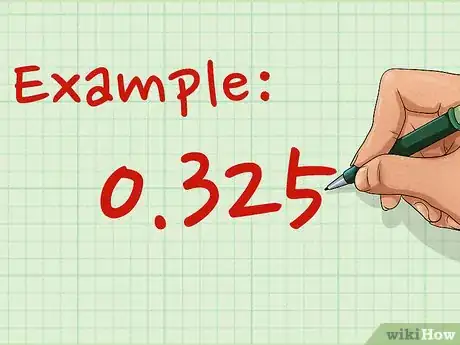


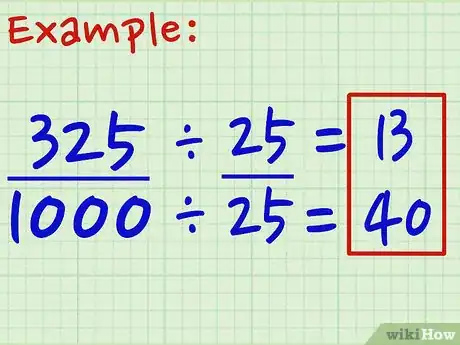

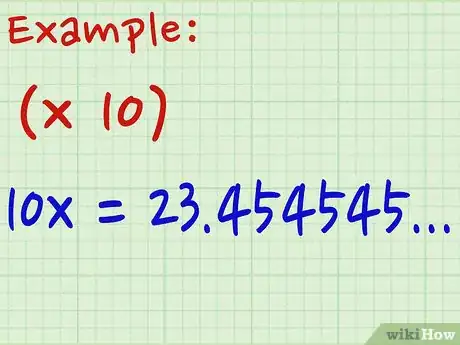

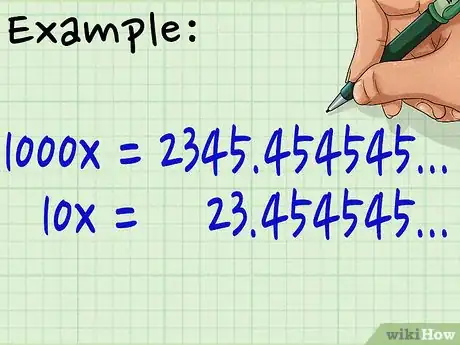
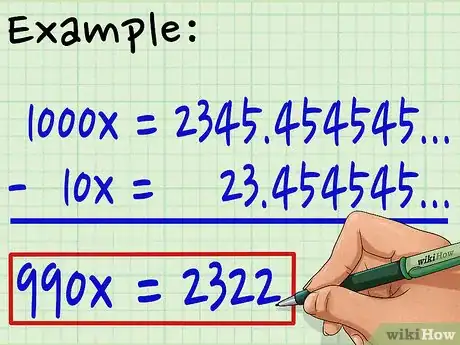



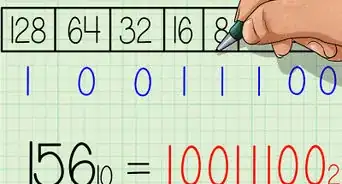
-to-Grams-(g)-Step-8-Version-5.webp)
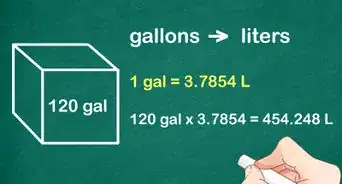
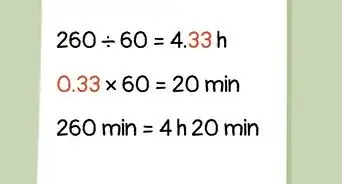
-to-Fahrenheit-(°F)-Step-6-Version-2.webp)
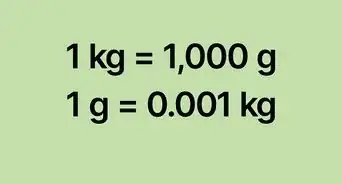
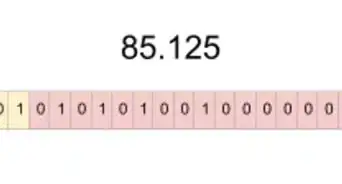
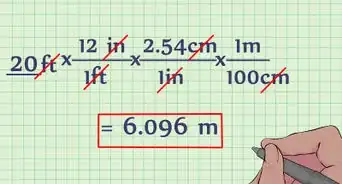
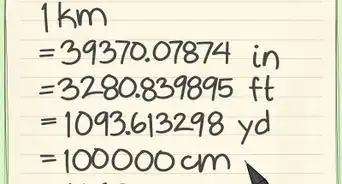
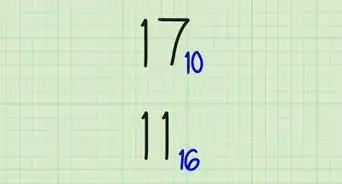
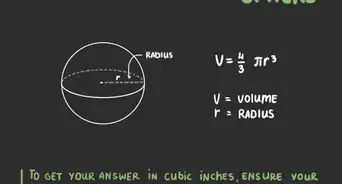
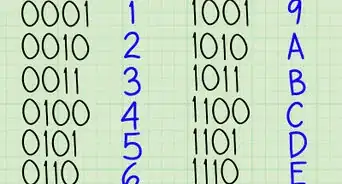
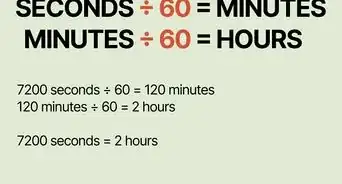






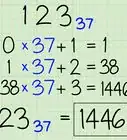
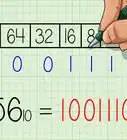
-to-Grams-(g)-Step-8-Version-5.webp)
